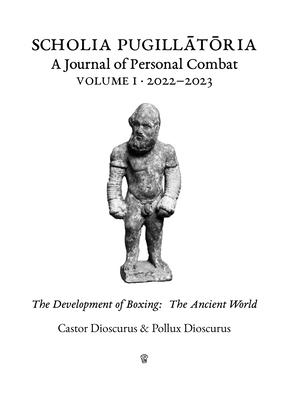This volume presents a comprehensive history of boxing as peer combat from its social and ritual origins in Mesopotamia to its flowering as a martial, athletic, and gladiatorial sport throughout the Old World. Ranging from prehistoric evidence and the earliest artifacts from c. 3,000 b.c. to Late Roman antiquity, these papers collect the most in-depth study of ancient boxing in art, material culture, literature, and biomechanics that has ever been assembled. As practicing boxers, the authors have experimented with many of the practical repercussions of innovations in technique and rules as contained in these pages, and find the dynamic history of boxing to be a compelling portent of its future creative range.
Scholia Pugillātōria is an online academic journal for martial arts studies and articles. Scholia Pugillātōria welcomes studies of personal combat, including boxing, bare-knuckle boxing, wrestling of all forms, karate and other Oriental martial arts, dambe and other African martial arts, fencing, savate, balintawak, pistol-based dueling, gladiatorial combat, Historial European Martial Arts (hema), and human biomechanics.
